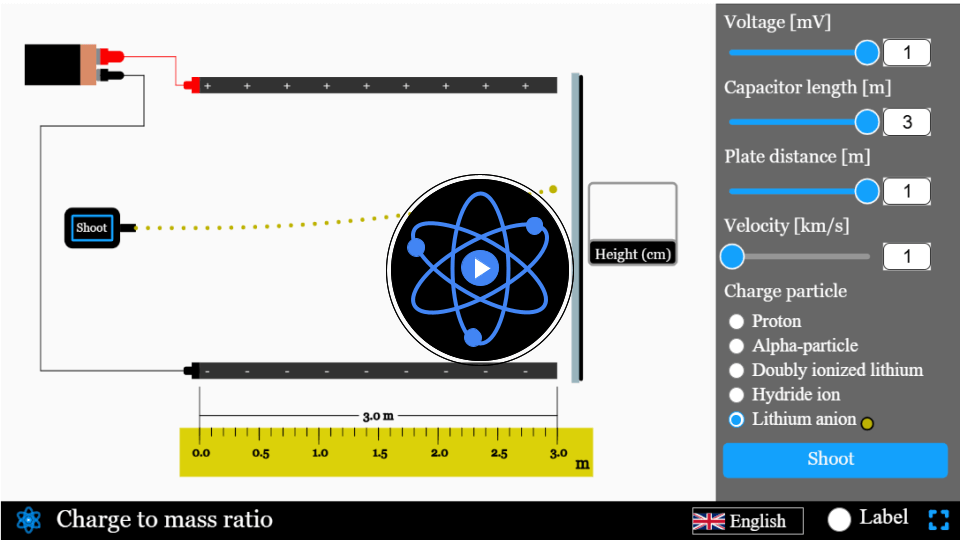Force on a current carrying wire in magnetic field simulator
Experiment with the forces exerted on a current-carrying wire within a magnetic field using our interactive simulator.
Force on a current carrying wire in magnetic field
A current carrying wire in a magnetic field experiences a magnetic force. With our simulator, we wish to provide you a visualization of the magnetic force on the current carrying wire. Experiment with the controls, change variables, and see how they affect the magnetic force on the current carrying wire. Clarify your doubts and deepen your understanding. Dive in and start simulating now!
\(F = ILB \sin(\theta)\)
Mathematical description
where:
- \( I \) is the current carried in the wire
- \( L \) is the length of the wire
- \( B \) is the strength of the magnetic field
- \(\theta \) is the angle between the magnetic field vector and length vector
Simulator
Discover the physics of electromagnetic forces with our interactive magnetic force on a current-carrying wire simulator!
Interactive Physics Simulator – Magnetic Force on a Current-Carrying Wire
🌟 You May Also Like
Suggested experiments and activities based on your progress...
FAQs on Magnetic Force on a Current carrying wire
Qus 1. What is the magnetic force on a current-carrying wire?
The magnetic force on a current-carrying wire arises when the wire is placed in a magnetic field. The force results from the interaction between the magnetic field and the moving charges within the wire.
Qus 2. Why does a current-carrying wire in a magnetic field experience a force?
A current-carrying wire experiences a force in a magnetic field because the moving charges (electrons) within the wire interact with the magnetic field, resulting in a force perpendicular to both the direction of current and the magnetic field.
Each moving electron experiences the Lorentz force. The force experienced by the current carrying wire is the the combination of Lorentz force experienced by all the moving electrons within the wire.
Qus 3. How do you determine the direction of the magnetic force on a wire?
You determine the direction of the magnetic force using the right-hand rule. Point your thumb in the direction of the current, your fingers in the direction of the magnetic field, and the force on the wire will be in the direction your palm faces.
Qus 4. What is the formula for calculating the magnetic force on a current-carrying wire?
The current carrying wire in a magnetic field experiences a magnetic force F
\(\mathbf{F} = I \mathbf{L} \times \mathbf{B}\)
\(F = ILB \sin(\theta)\)
Where I is the current carried in the wire, L is the length of the wire and B is the strength of the magnetic field and \(\theta \) is the angle between the magnetic field vector and length vector.
Qus 5. What factors affect the magnitude of the magnetic force?
The magnetic force on a current carrying wire depends upon the following factors:
- Length: The longer the current-carrying wire, the greater is the amount of electrons flowing through it, resulting in the stronger consolidated magnetic force exerted on the wire.
- Current: The higher the current in the wire, the faster the electrons flow (more speed), the higher the resultant Lorentz force acting on all the electrons flowing within the wire.
- Angle: The magnetic force is dependent upon the cross product of magnetic field vector and length vector. The force is maximum when wire is perpendicular to the magnetic field (\(\theta = 90^\circ\)) and zero when wire is parallel to the magnetic field (\(\theta = 0^\circ\))
- Magnetic field Strength: the magnetic force is directly proportional to the field strength.




